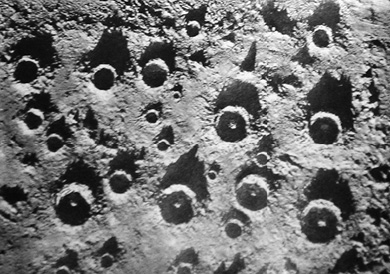By FIONA MAAZEL
from Woke Up Lonely
I had a career, I tanked it good. They’d sent me to middle of nowhere, Australia, which was, quite possibly, the most desolate place on earth. Eight hours a day listening to the North Koreans. Most tracking stations are remote for the obvious reasons of privacy and uncluttered air space, but what really matters is being within the footprint of a satellite’s broadcast range. Hence: Nowhere, Australia, under Intelsat 2 stationed over the Pacific Ocean and handling the equivalent of about a million pages of text per second. It was grueling work and peculiar for its mix of boredom and anxiety, both of which verged on the unbearable. Rumors about the global listening system called Echelon abound, so let’s just dispense with the mystery and say yes: It exists. The UK countries listen in on what Americans are doing and then pass on the information, which loopholes that nasty proscription against spying on our own.











